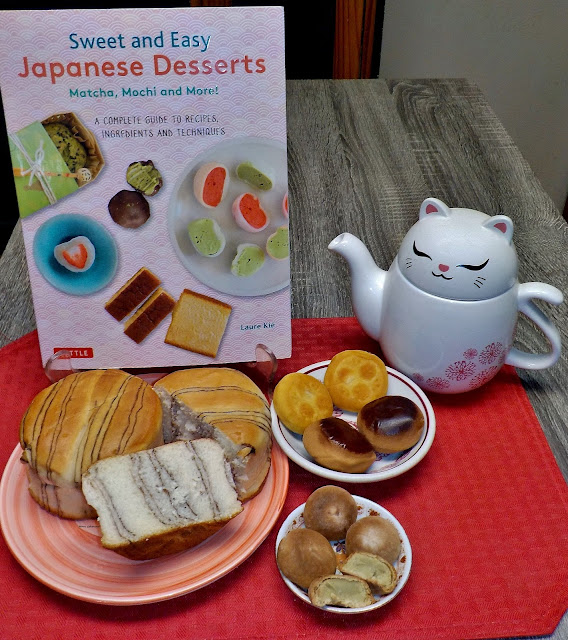
The Over Bite
133 E Center Street, Monticello, UT, 84535
(435) 485-0550
Hours of Operation: Friday-Tuesday 7am-2pm; Closed Wednesday,Thursday and Sunday.
Due to demands of full-time jobs, away from The Over Bite, the former owners needed to say goodbye to their dream child. Fortunately, this provided an opportunity to Shylowe and Patrick Chadd, since they were seeking a new financial venture. So, when opportunity came a-knocking, they opened their doors, and The Over Bite did too. July 16, 2025 was reopening day, and the community has been singing their praises.
Shylowe, from Blanding, was no stranger to the restaurant industry, having experience in both waitressing/customer service, and management. She received an LLC for her personal business venture, Wholesome Cravings, since baking is a passion. Her expertise is in sourdough, and her bread, which is tender and delicious, is a best seller. She also includes sourdough in the creation of cookies and cinnamon rolls which sell out of the display case quickly. In essence, Shylowe is the “Queen of Sourdough”, and once you taste her baked goods, you will agree to that title. |
| Sourdough Bread, Cookies, Cinnamon Roll. |
Not to be ignored is her supportive husband, Patrick, from Salt Lake City, and he is no slouch. While in Tooele County, he began “Patrick's Picture Perfect Painting LLC” which has become very popular for interior, and exterior painting, cabinetry refinishing, and drywall. Good news for San Juan County, as plans are in the works for expanding this business here. He understands the need for tradespeople, and hopes this will influence others to come into the area.
Back to The Over Bite, baking is done on premises as is the slicing of the meats and cheeses for their signature breakfast and lunch sandwiches, and salads. While Sysco is a major supplier of food services, shopping locally, at Blue Mountain Foods, provides needed ingredients as well. Shylowe and Patrick are lucky to have two hardworking staff members, Evan and Kennedy, and the steady stream of customers keeps them busy!
The menu contains some old favorites, but several newer items are becoming best sellers, like, the Gooseneck Grinder and Red Rock Gobbler. The menu has also been streamlined, so decision making is quicker and easier. My hubby, Roy, basically scarfed down the Hole in the Rock Hero; it was just too good to stop eating and take a breath. Choosing toasted wheat bread, it contains: roast beef, pepperjack cheese, tomatoes, sprouts, red onion, mayonnaise, roasted red peppers and creamy horseradish sauce. The creamy horseradish sauce is housemade by Shylowe, and truly umphs up the overall taste of this sandwich.
I ordered my favorite, the club, the Comb Ridge Club, with toasted wheat bread (white is another option), ham, turkey, bacon, Monterey jack and cheddar cheeses, tomato, lettuce and mayonnaise. All sandwiches come with kettle style chips and a pickle spear. Since I was busy interviewing the Chadds, I could only devour have my sandwich, but that left me the other half to snack on later. It was worth it at lunch time, and very well worth the wait at snack time.
The Chadds understand that sitting on their current laurels will not keep their business sustainable. Food items we will be seeing in the future are housemade soups served in sourdough bread bowls, green chili as a soup and as a condiment, along with other hot items that will be perfect when the temperatures turn colder. For the holidays, handmade candies will be for sale; and personalized gift baskets are an option for any occasion. Also, do not be surprised to see the baking display case explode with new tempting sweets and treats.
Goals, focusing on the community, will be karoke and game nights, plus other activities, so our youth have someplace to hang out after school lets out. Of course, the restaurant is available for catered events, meetings, club activities, or get-togethers. There is great appreciation for the hard work and dedication of our first responders, so law enforcement, fire and rescue, and EMS are very welcome to stop in for a free cup of coffee, or cold beverage.
So, whether you are hankering for a breakfast or lunch sandwich, salad, or thirsty for a coffee beverage, smoothie, or any other of the cold drinks available, The Over Bite will satisfy. Not hungry or thirsty, stop by anyway, say hello, wish the Chadds all the luck in the world, and support the success of The Over Bite!
Mary Cokenour




















